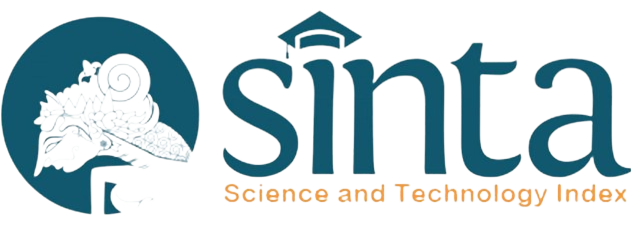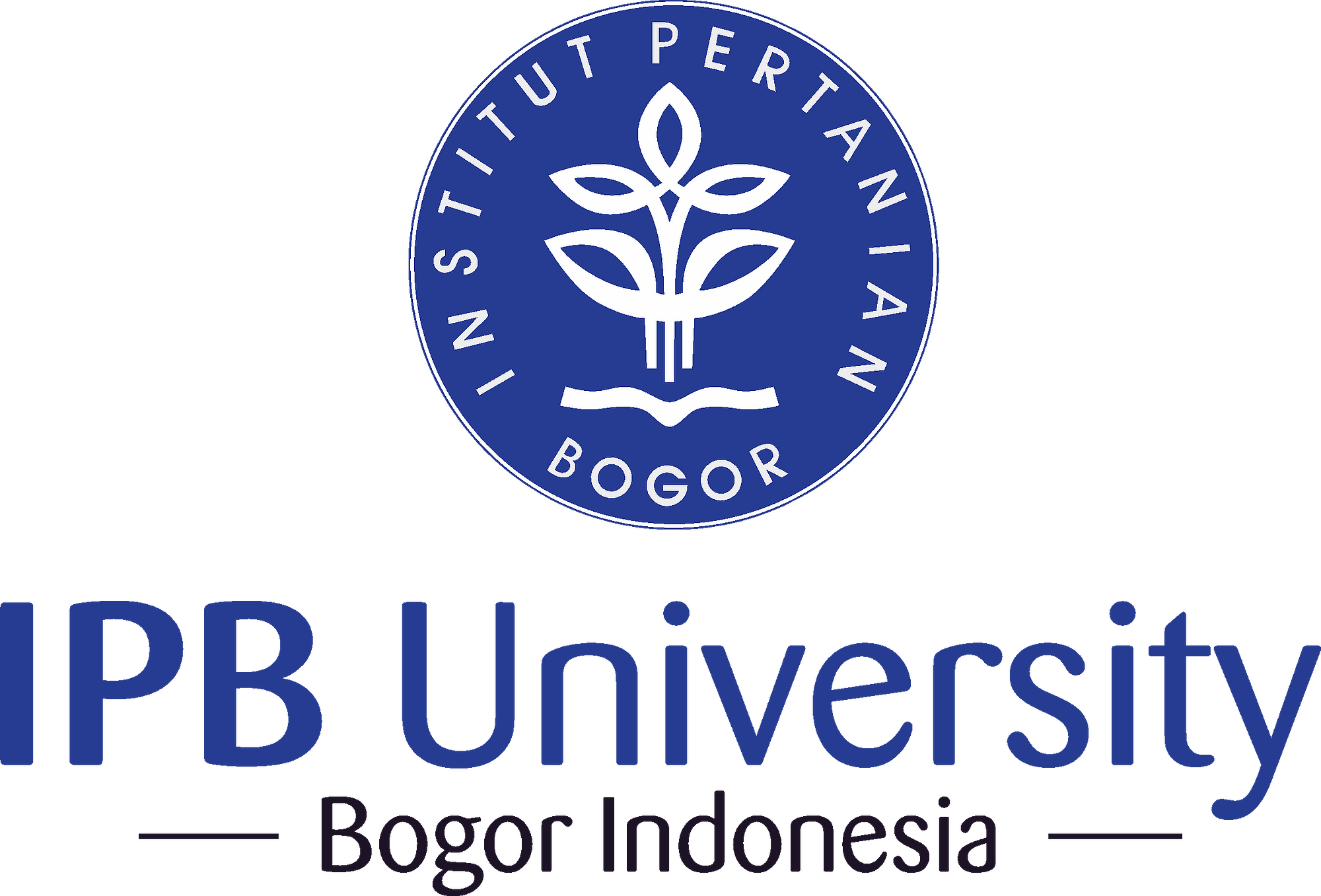Respons fisiologi dan profile metabolit sekunder Lima Kultivar Rambutan (Nephelium lappaceum L.) terhadap Penambahan Cahaya Buatan LED (Light Emitting Diode)
Physiology and Secondary Metabolite Profiles Responses of Five Rambutan Varieties (Nephelium lappaceum L.) through Addition of Artificial Light LED (Light Emitting Diode)
DOI:
https://doi.org/10.29244/jhi.13.3.180-186Abstract
Rambutan (Nephelium lappaceum L.) is a fruit that is suitable for growing in the tropics area. However, information on physiological responses and secondary metabolite profiles on artificial light treatment has not been reported. This study aims to study the response of rambutan plants to the application of artificial light from LED (Light Emitting Diode). The study was conducted in the screenhouse nursery using a two-factor nested plot design, namely LED as light source and cultivar. The LED light sources used red, blue, and white with application duration for 21 hours while the cultivars used Sikoneng, Parakan, Cilebak, Gravel, and Garuda cultivars. The results showed that rambutan plants that were given additional blue LEDs contained higher chlorophyll and leaf as glucose and fructose compared to another treatments. The results of the secondary metabolite profiles showed the largest Neophytadiene compound found in the Parakan cultivar under LED red treatment. Meanwhile, the compound that has the greatest abundance in white LEDs is 1-Propene, 3-[(4-nitrobutyl)thio].
Keywords: chlorophyll, photosynthesis, glucose, light spectrum, secondary metabolite
Downloads
Downloads
Published
Issue
Section
License
You are free to:
- Share — copy and redistribute the material in any medium or format for any purpose, even commercially.
- Adapt — remix, transform, and build upon the material for any purpose, even commercially.
- The licensor cannot revoke these freedoms as long as you follow the license terms.
Under the following terms:
- Attribution — You must give appropriate credit, provide a link to the license, and indicate if changes were made. You may do so in any reasonable manner, but not in any way that suggests the licensor endorses you or your use.
- ShareAlike — If you remix, transform, or build upon the material, you must distribute your contributions under the same license as the original.
- No additional restrictions — You may not apply legal terms or technological measures that legally restrict others from doing anything the license permits.
Notices:
You do not have to comply with the license for elements of the material in the public domain or where your use is permitted by an applicable exception or limitation.
No warranties are given. The license may not give you all of the permissions necessary for your intended use. For example, other rights such as publicity, privacy, or moral rights may limit how you use the material.













